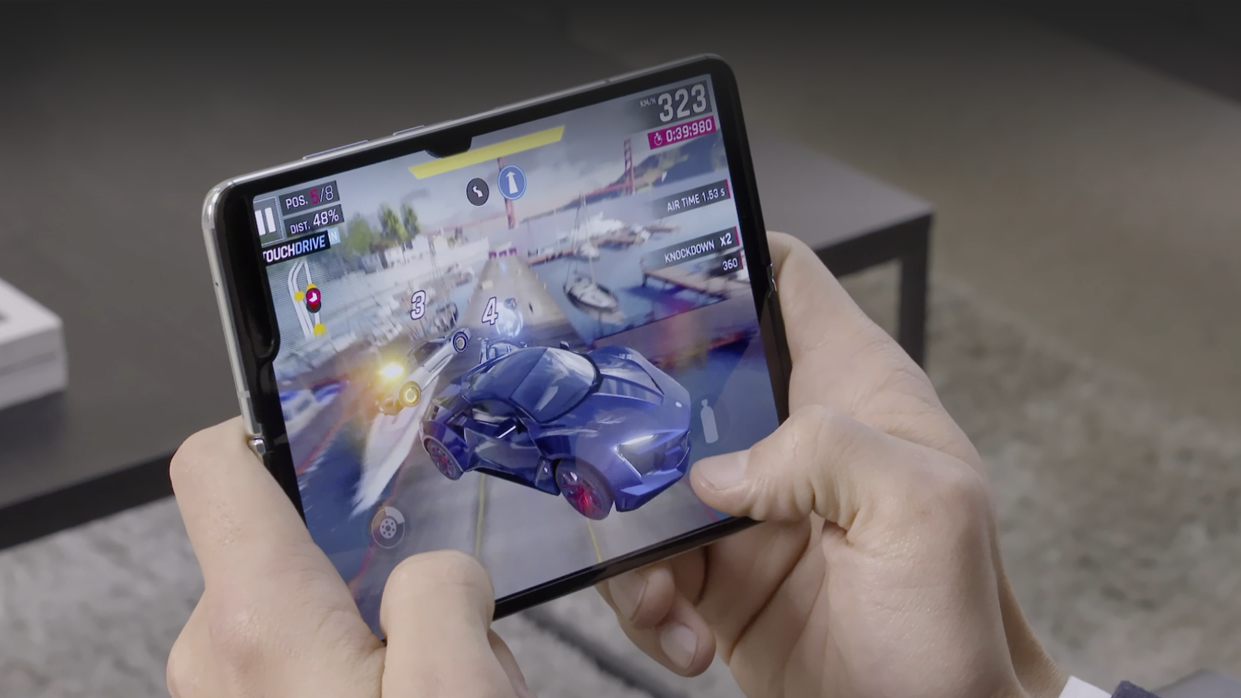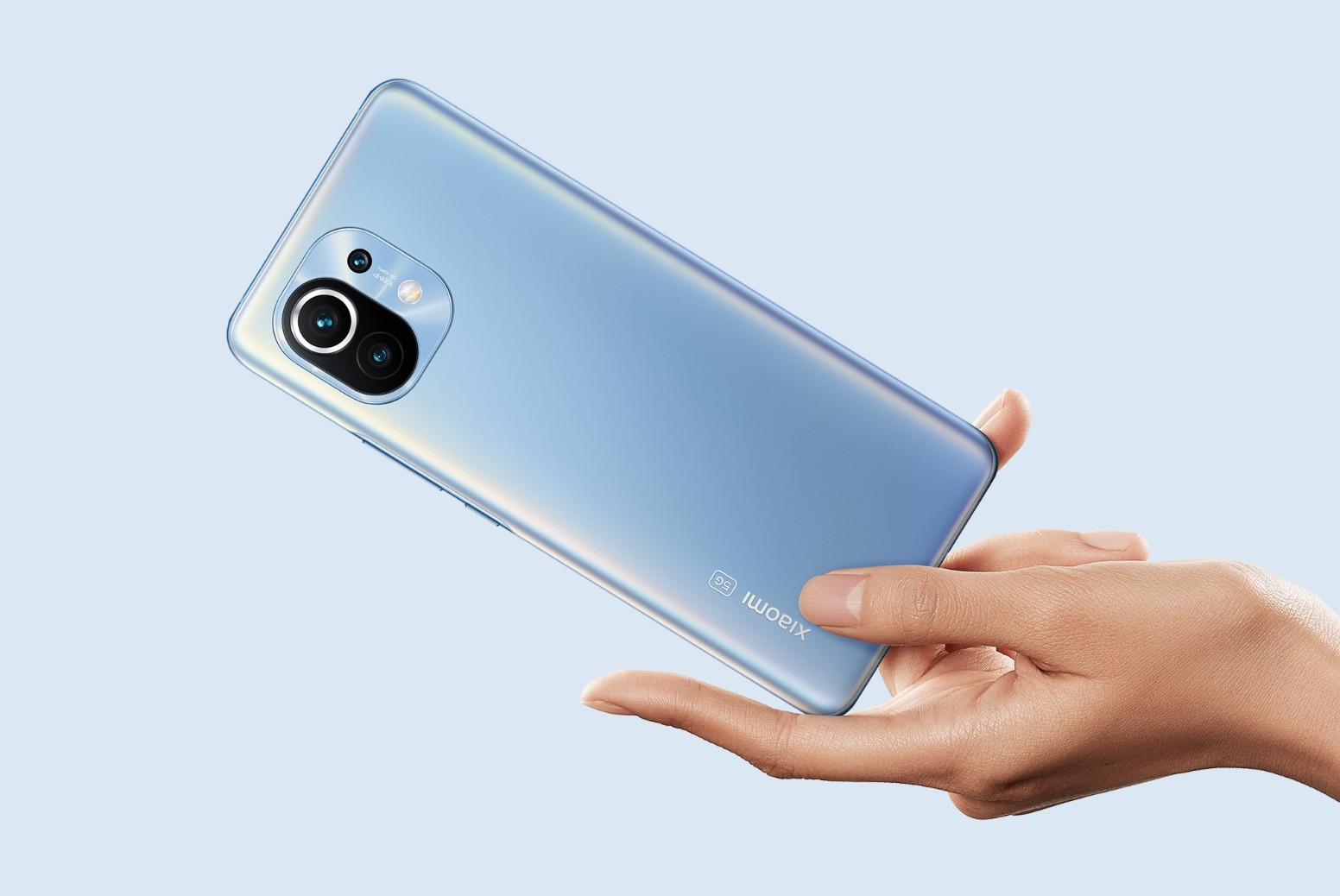It’s one thing to make cases for a typical candy bar form factor, but it’s another challenge altogether with all-new designs like the Samsung Galaxy Fold. My favourite case brand Spigen, is one of the first to be working on cases for Samsung’s ground-breaking foldable device and has shared mockups of three products it plans to release on time for the device’s debut in April.
Due to the hinge design and fold mechanism, engineering a case to protect yet offer flexibility (and some pliability) was always going to be challenging.
The Galaxy Fold as you know offers a 4.6-inch display on the outside when it is closed, while presents a 7.3-inch screen on the inside when it is opened. The phone has a hinge with interlocking gears on the inside, something like the Lenovo Yoga’s watchband hinge. On the contrary, Huawei’s implementation of its foldable device, the Mate X is different – its screen folds outward.
Spigen may have it already sussed out and will be making three models – the Tough Armor, Ultra Hybrid, and Thin Fit. They offer varying degrees of protection, made from plastic and silicone materials. Sadly, no Liquid Air, my favourite model currently used on my Galaxy Note9 and Galaxy S9+. The hinge for the Tough Armor case for instance, is made of “special constructive structure for bending purposes.”
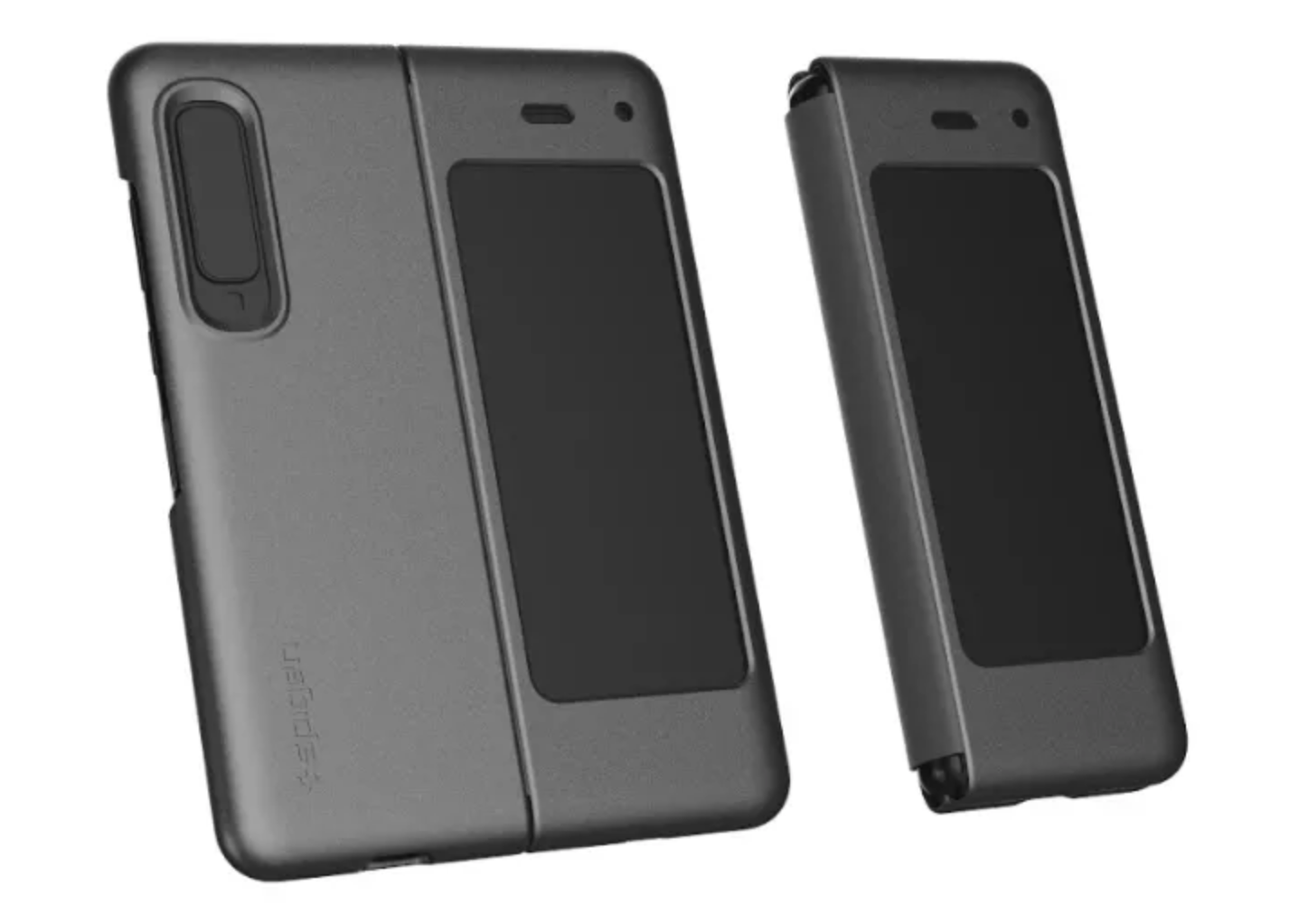
The company said it usually works off of existing models when making phone cases, but in the case of the Galaxy Fold, Samsung had detailed exact measurements which allowed Spigen to start building cases.
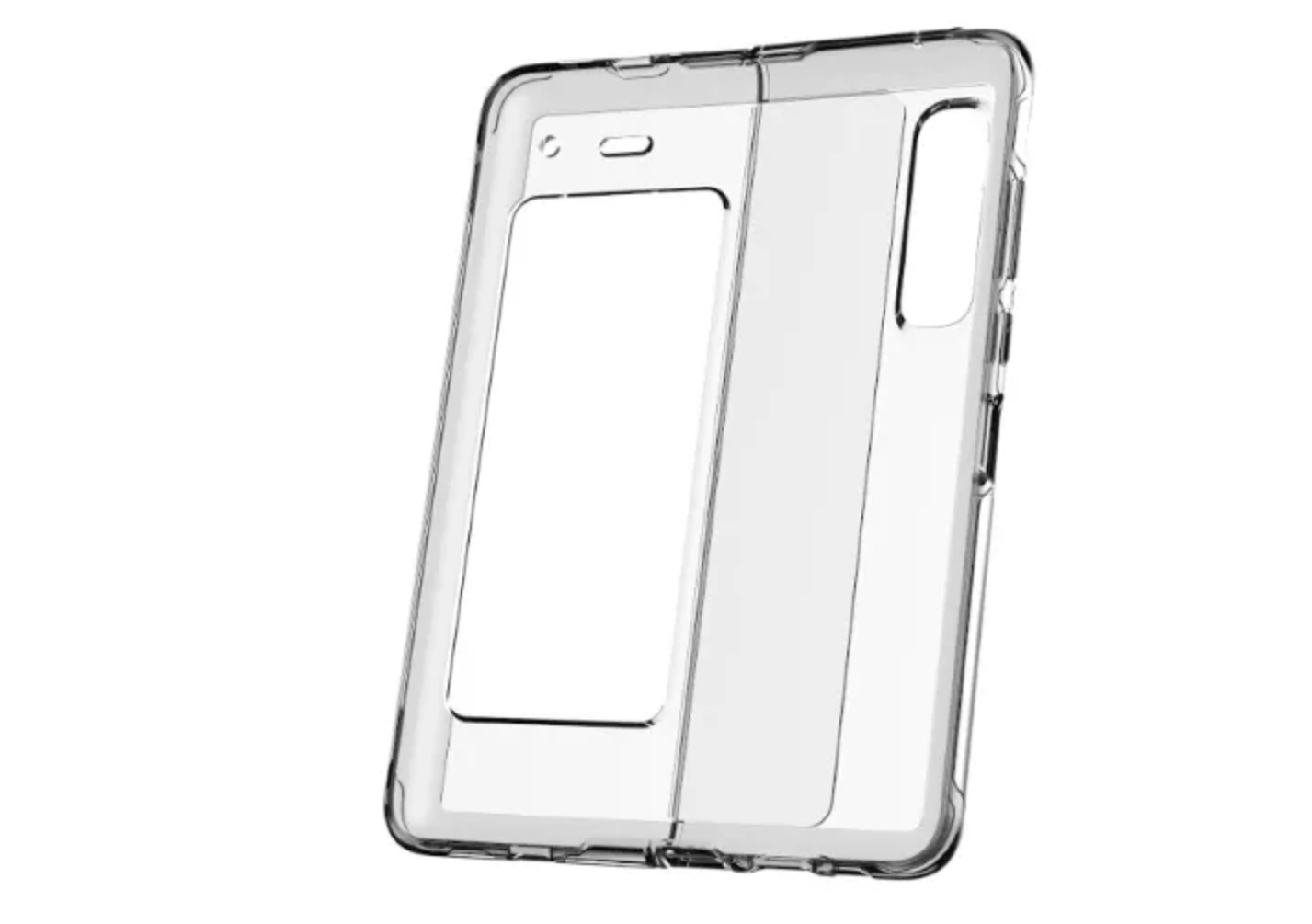
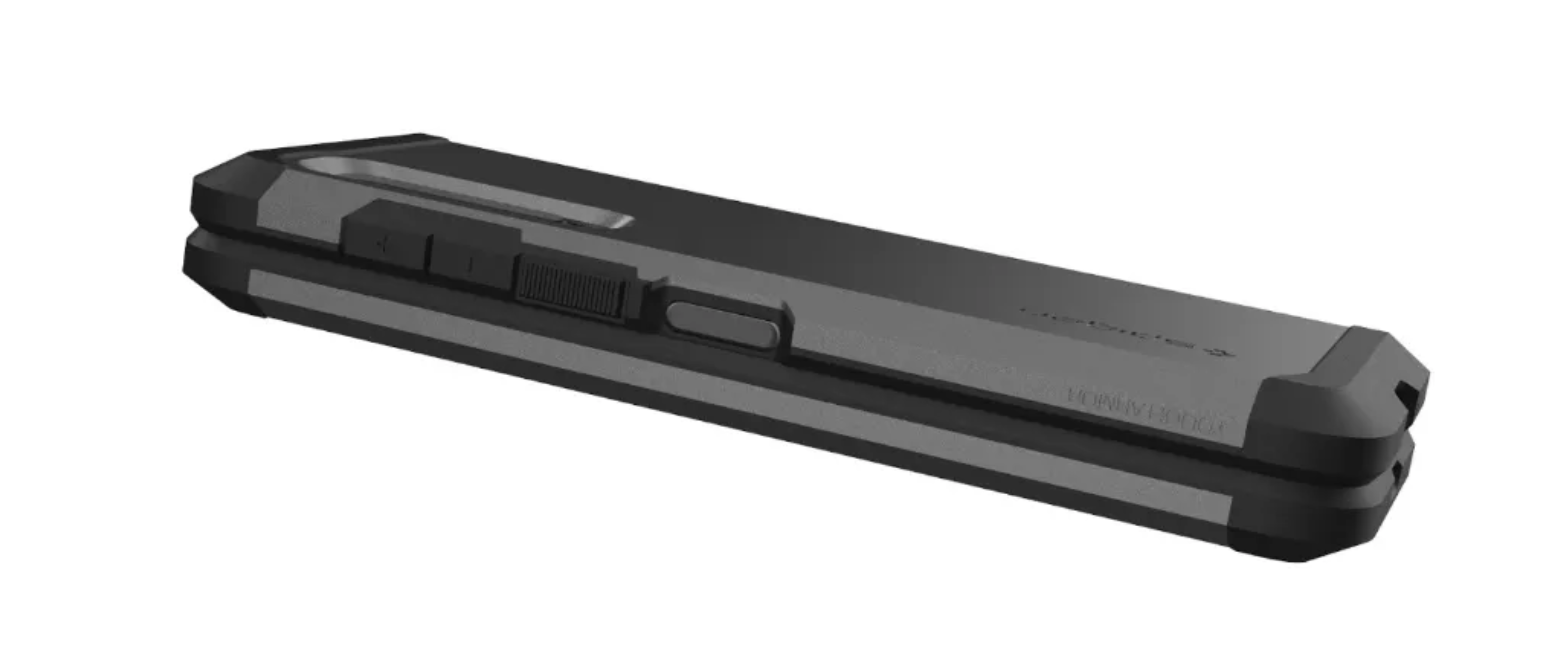
As reported by the Verge, work on the cases started even before the phone was completely unveiled. Apparently Spigen created 20 different prototypes to “prepare for a variety of options and possibilities.”
Spigen is still developing and testing its cases but is aiming to launch them in mid-April, when the Galaxy Fold will officially hit stores.
For more about the Galaxy Fold, read this announcement post.


